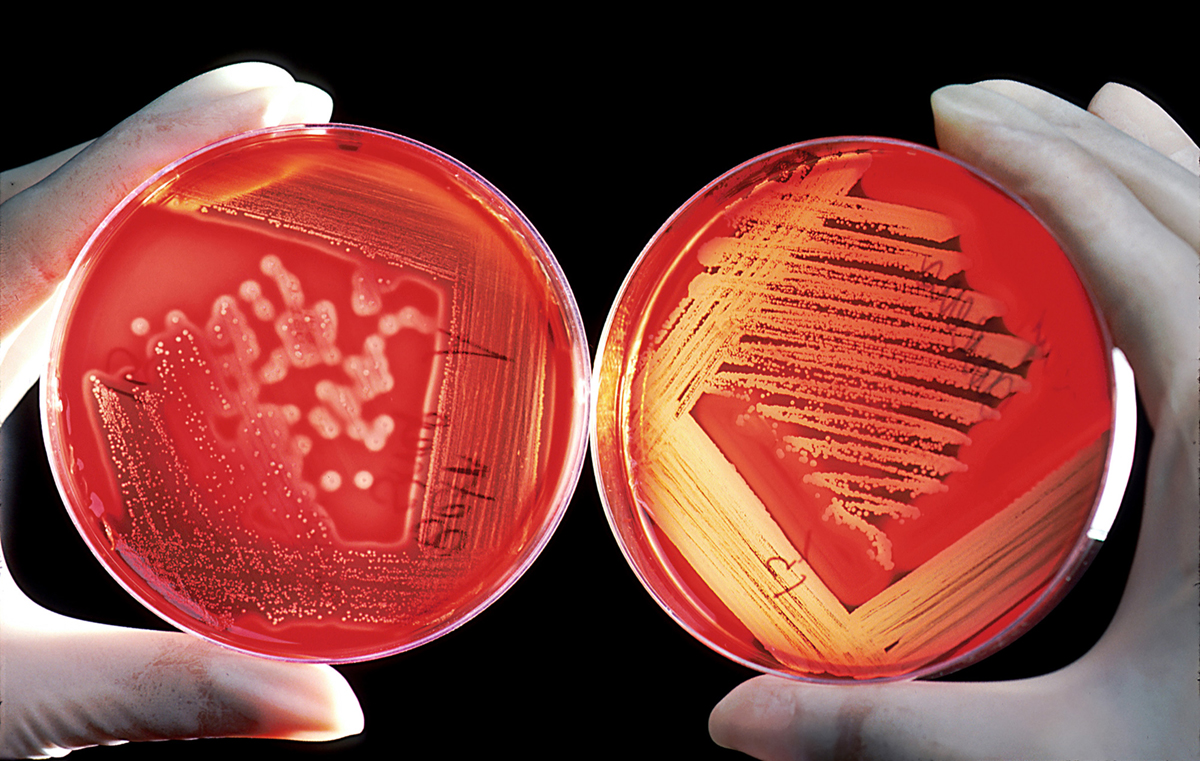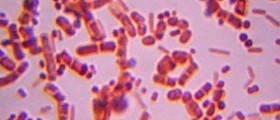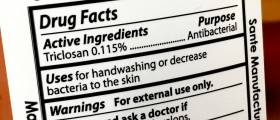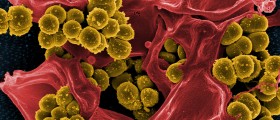
In the following article, symptoms, precautions and treatments for Staphylococcus aureus will be presented.
Staphylococcus Aureus OverviewStaphylococcus aureus bacteria are the common cause of the staph infections. These bacteria are normally found in nose and skin and they are present in 20% to 30% of the population. The bacteria can also colonize the oral cavity and gastrointestinal tract. In most cases, Staphylococcus aureus do not cause a disease. However, damage to the skin can allow the bacteria to enter the body and cause infection. There are over 30 types of Staphylococcus bacteria but the strain of Staphylococcus aureus is the most dangerous among them.
Symptoms of Staphylococcus Aureus Infection
Even though many people are carriers of Staphylococcus aureus, only certain group of people are at risk of developing staph infection. That includes individuals with skin injuries, surgical wounds, intravenous catheters, newborns, lactating women and those with weak immune system. Infection caused by the bacteria may also develop in people suffering from cancer, lung disease, diabetes and heart disease. Staph infection is contagious and can be transmitted from person to person. Common symptoms caused by staphylococcus aureus include skin blisters and scaled skin on the infected area. Affected area can be swollen, red, crusting and painful. There may be localized collection of pus that appear similarly to a boil or abscess. Affected person is at risk of developing pneumonia, endocarditis or osteomyelitis. High temperature, chills and low blood pressure occur if the infection spreads to the blood.
Treatment for Staphylococcus Aureus InfectionTreatment will be determined depending on the severity of the infection. Staph infection is generally treated with antibiotics. Earlier, infection caused by Staphylococcus aureus was treated with penicillin but nowadays, much stronger antibiotics are given since certain group of Staphylococcus aureus bacteria has become resistant to most antibiotics. It is Methicillin-resistant Staphylococcus aureus, or MRSA and they are resistant to methicillin, penicillin, amoxicillin and oxacillin. Appropriate antibiotic for staph infection is chosen according to the culture of the patient’s infection sample. There are different antibiotics that are effective against staph infection such as nafcillin, cefazolin, dicloxacillin and they can be given orally, intravenously or applied topically. Surgical treatment is required if the infection is deep and cannot be treated with antibiotics. The main surgical treatment is pus drainage. However, the surgery cannot be performed on patients with diabetes because their wounds heal for long period of time and may even become worse.
Prevention of Staph Infection
There are several measures that can help to prevent staph infection. In case of any skin injury, the site must be kept clean and protected. Application of antibiotic to the area is also necessary to avoid infection. Avoid direct contact with infected people. Maintain good hygiene and boost your immune system to reduce the risk of staph infection.

















Your thoughts on this
Loading...